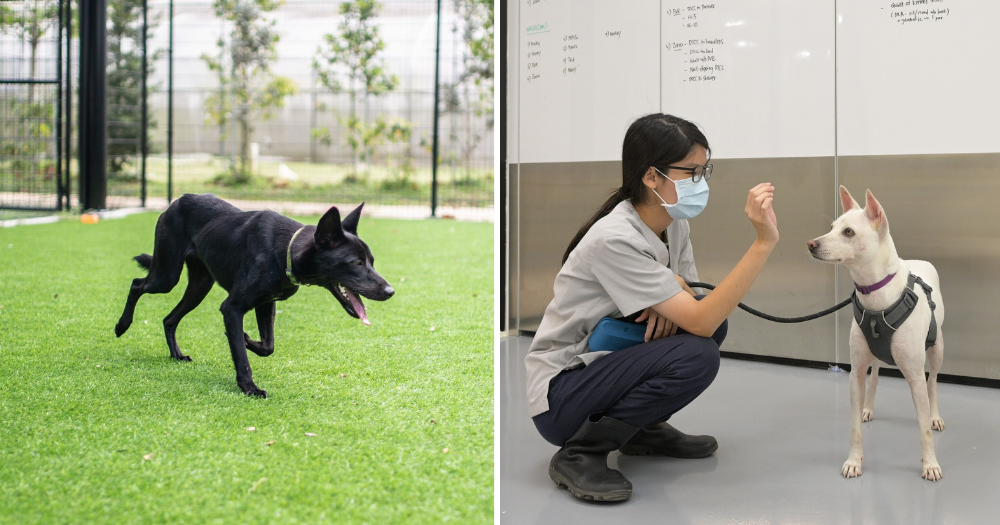Singapore now has its very first dedicated facility for animal behaviour rehabilitation.
The Centre for Animal Rehabilitation was opened by the National Parks Board's (NParks) Animal & Veterinary Service (AVS) on Mar. 31, and marks a key milestone in AVS’ science-based efforts to manage the stray animal population in Singapore.
Adapting to home settings
The centre is around 1,522 sqm, reported CNA.
It has a Visitor’s Lounge with a fully furnished living room and dining area designed to mimic a home environment to help stray animals adapt to pet life.
Dogs will be introduced to common household items such as furniture and appliances (eg. vacuum cleaner, television) in a safe environment.
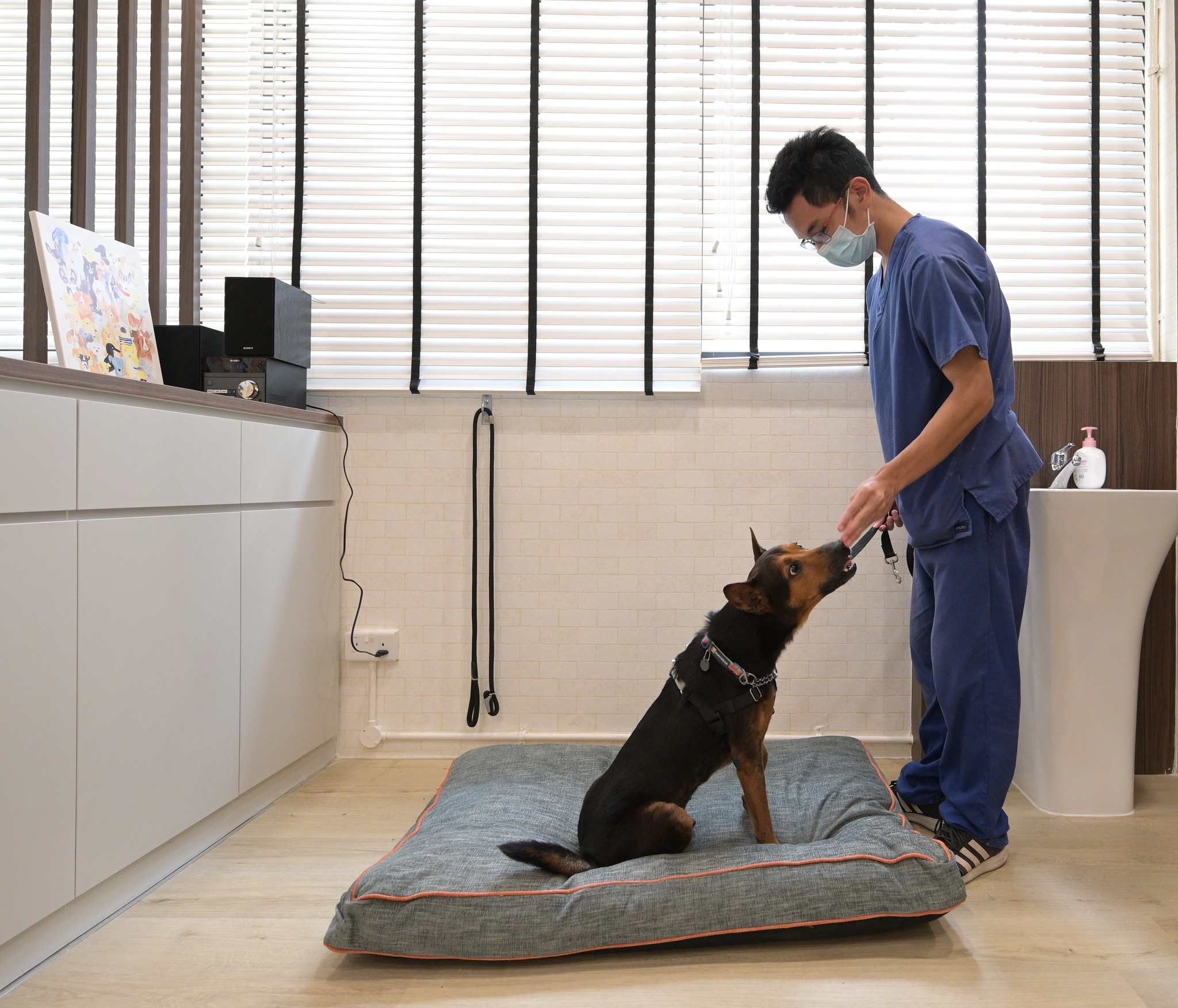 Photo from NParks / FB
Photo from NParks / FB
Dogs will also be taught to behave appropriately in home settings, such as how to be calm when visitors arrive at the door or around the dinner table.
This setting will help familiarise stray dogs with the sight, smell, and sound of a typical home and reduce their fear and anxiety when they are adopted.
Specially designed kennels with more privacy
The centre also includes several activity rooms for obedience skills training, two dog runs and compartmentalised kennels with blinds.
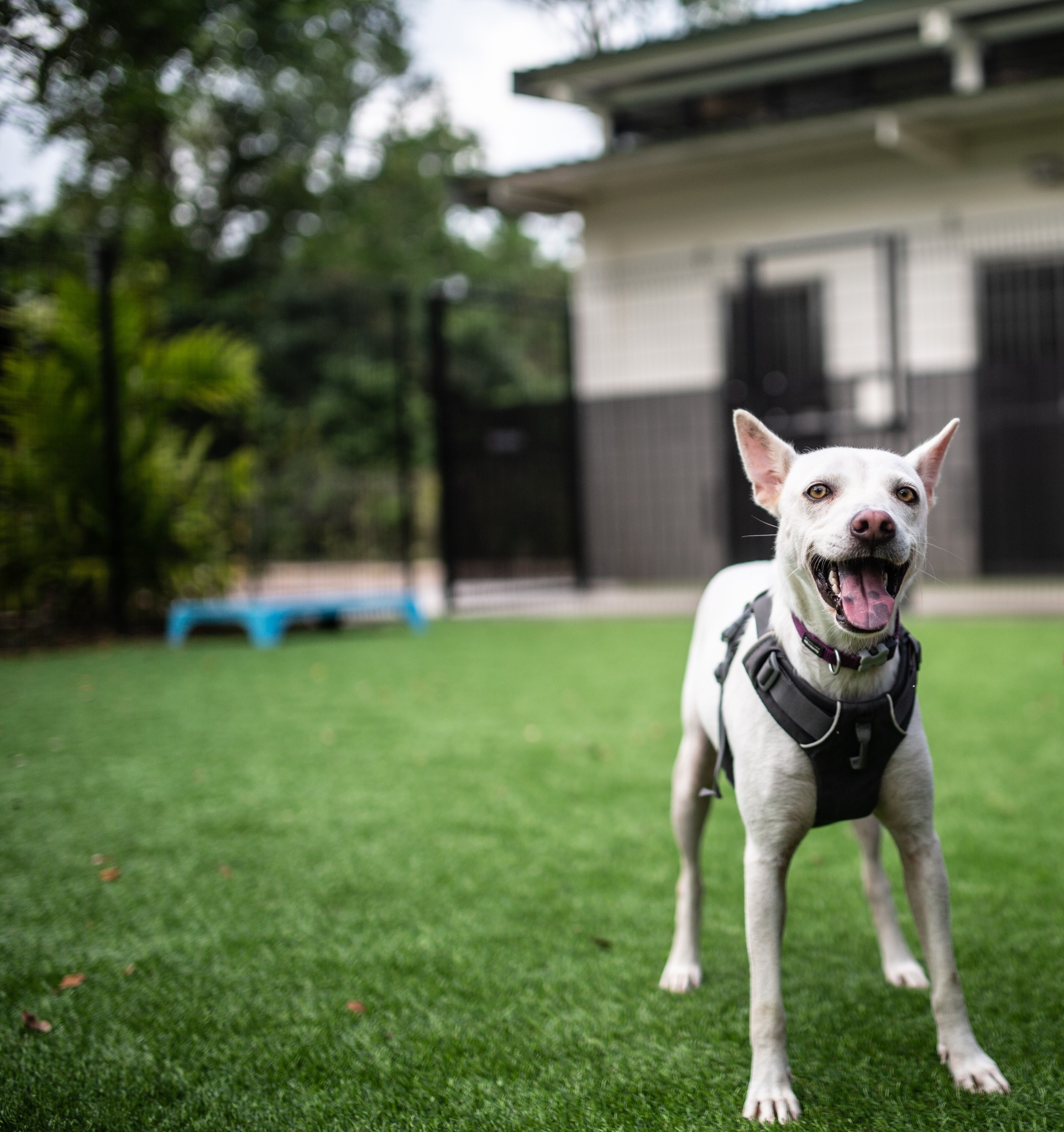 Photo from NParks / FB
Photo from NParks / FB
The kennels are specially designed to allow the dogs to "exercise choice and control over its living environment".
They are built with special materials that reduce noise reverberation, are equipped with privacy blinds and do not face each other.
All this provides the dogs with privacy and a sense of security.
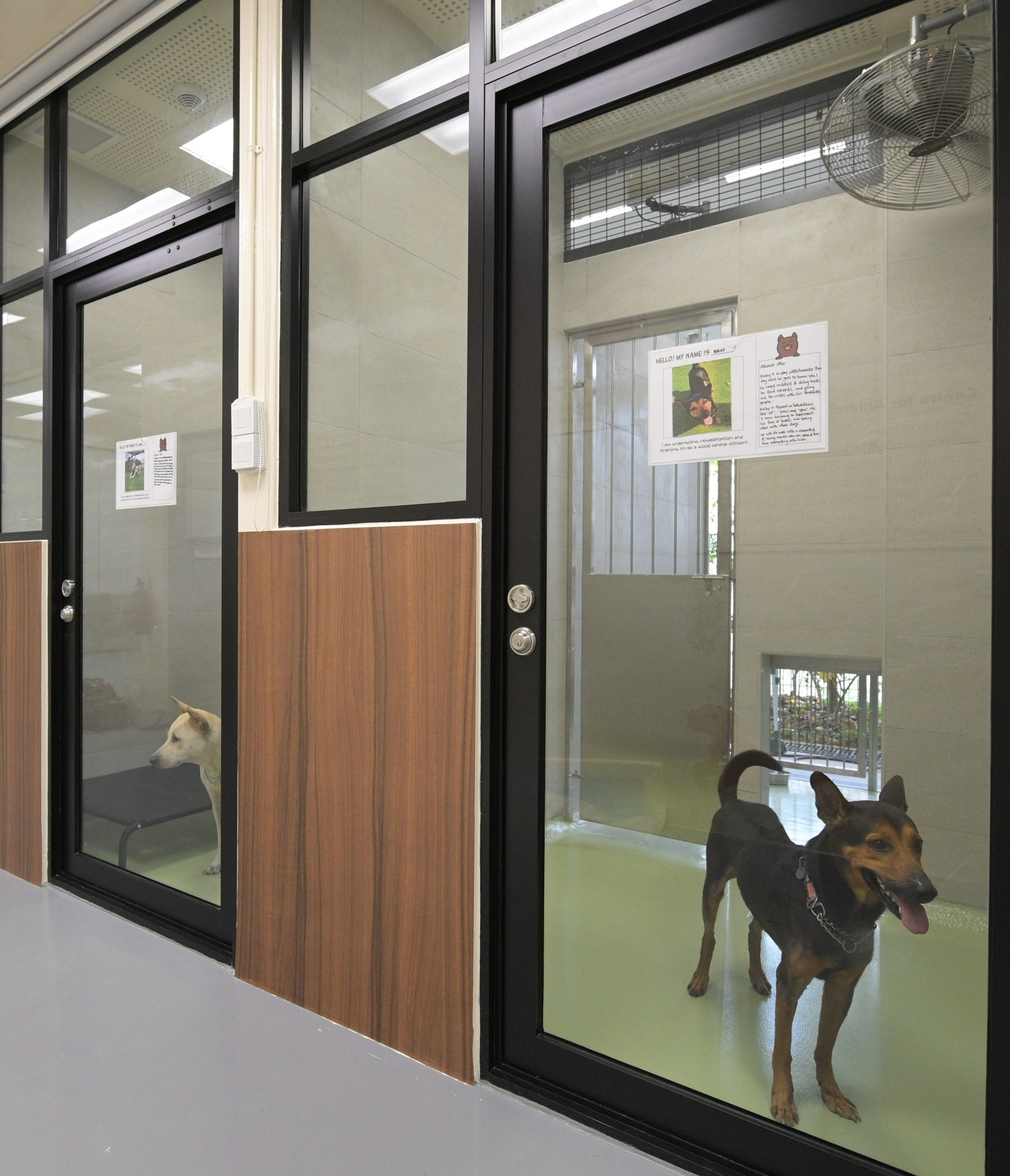 Photo from NParks / FB
Photo from NParks / FB
According to CNA, CCTVs will be installed in all kennels to allow AVS to monitor the behaviour and progress of the dog without intruding on its personal space.
AVS states:
"Through training and exposure to the different environments and scenarios that a dog may encounter as a pet in Singapore, the centre and the training programme aims to help prepare the dog to adapt better to its future home and community."
Rehoming as many trapped and sterilised stray dogs as possible
The Centre for Animal Rehabilitation supports the existing nationwide Trap-Neuter-Release-Manage (TNRM) programme and builds on the results of Project Rehab, a pilot canine rehabilitation programme.
Under the TNRM programme, AVS' priority is to rehome as many trapped and sterilised stray dogs as possible.
Over 70 stray dogs have been successfully rehabilitated since the start of Project Rehab in November 2019.
Although many stray dogs are typically fearful of people, anxious, or show aggressive behaviour, the dogs show positive behaviour towards humans and are able to live comfortably in a home setting after the rehabilitation process.
"This confirmed the need to focus on upstream training and behaviour modification to help stray dogs integrate successfully as pets into both homes and the wider community, improving the rehoming rates of the stray dogs under the TNRM programme," AVS said.
Insights from Project Rehab were thus used to develop a new rehabilitation programme, which will be implemented in the Centre for Animal Rehabilitation.
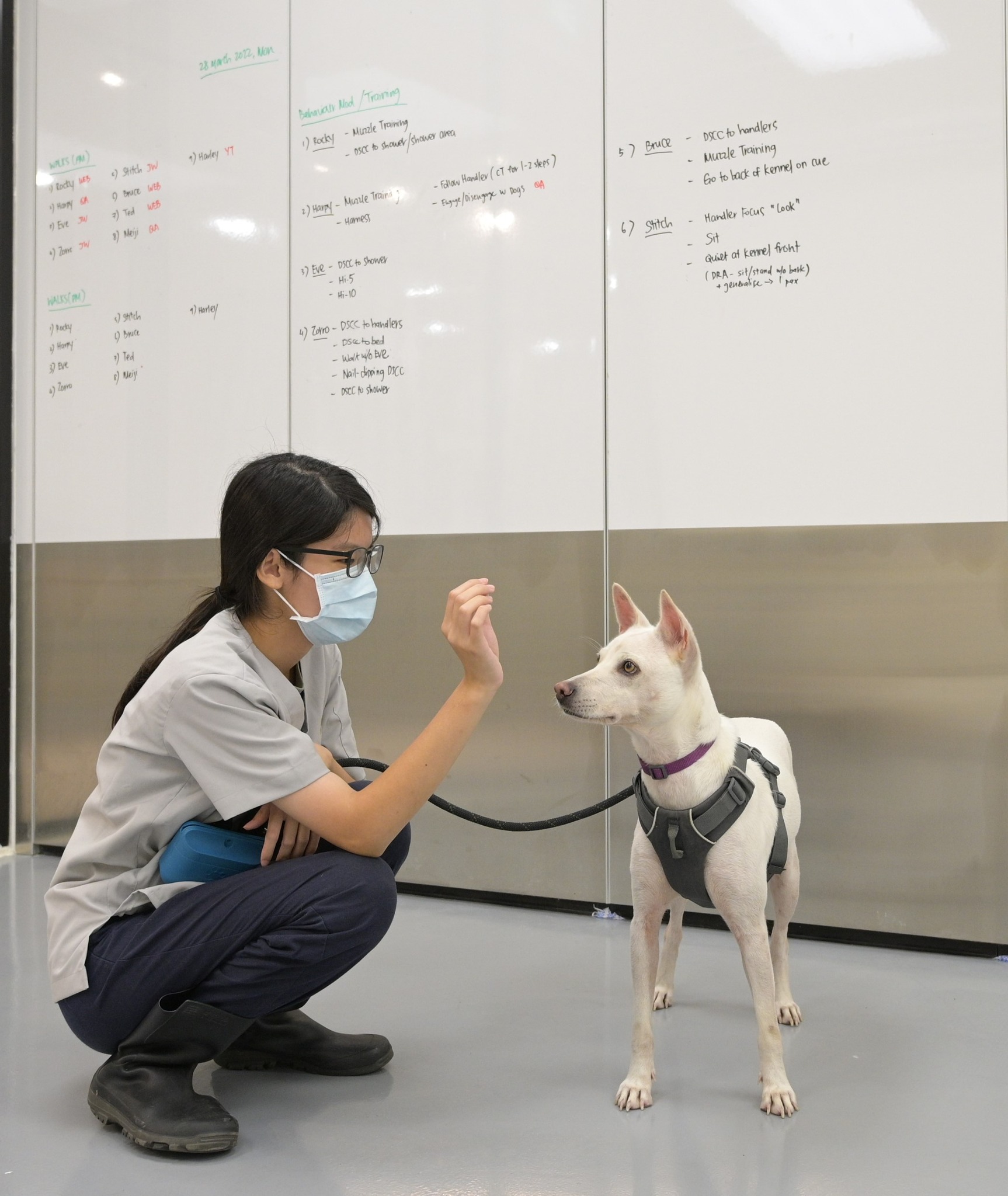 Photo from NParks / FB
Photo from NParks / FB
More research
AVS will also be conducting research that will focus on rehabilitation interventions, shelter management, and animal welfare to optimise and refine rehabilitation processes and techniques.
"Such research will continue to inform our animal care decisions, ultimately with the goal of improving animal welfare in shelters and in homes," AVS added.
Additionally, AVS is partnering with SPCA to fine-tune the post-rehabilitation phase where rehabilitated stray dogs leave AVS’ care and await to be adopted at shelter facilities of animal welfare groups.
Related stories
Top photo from NParks / FB
If you like what you read, follow us on Facebook, Instagram, Twitter and Telegram to get the latest updates.
